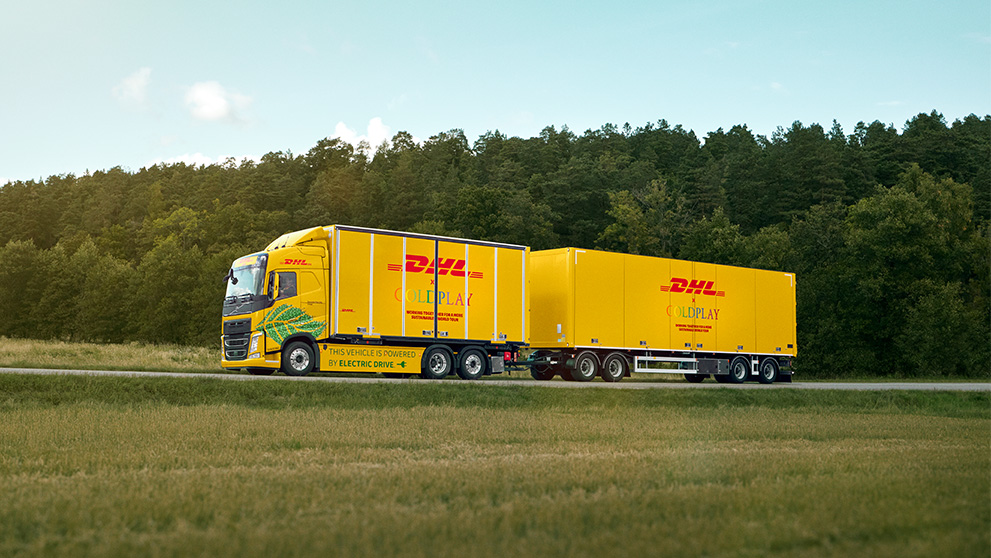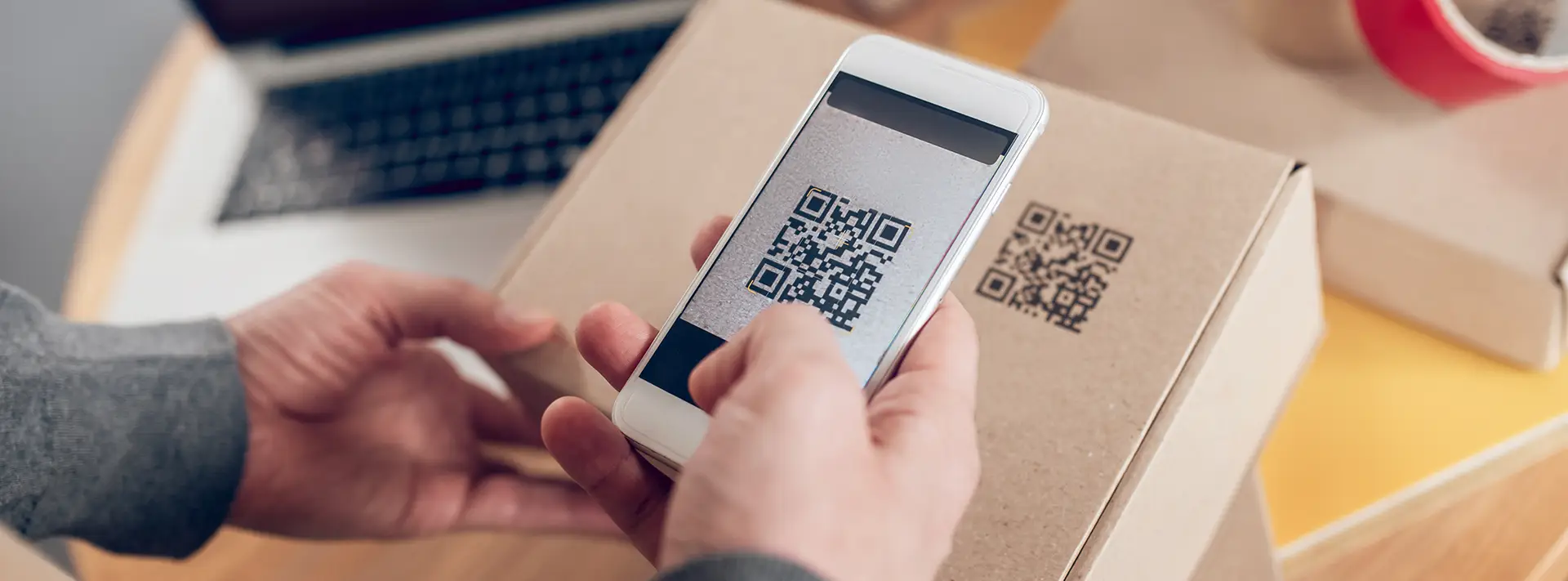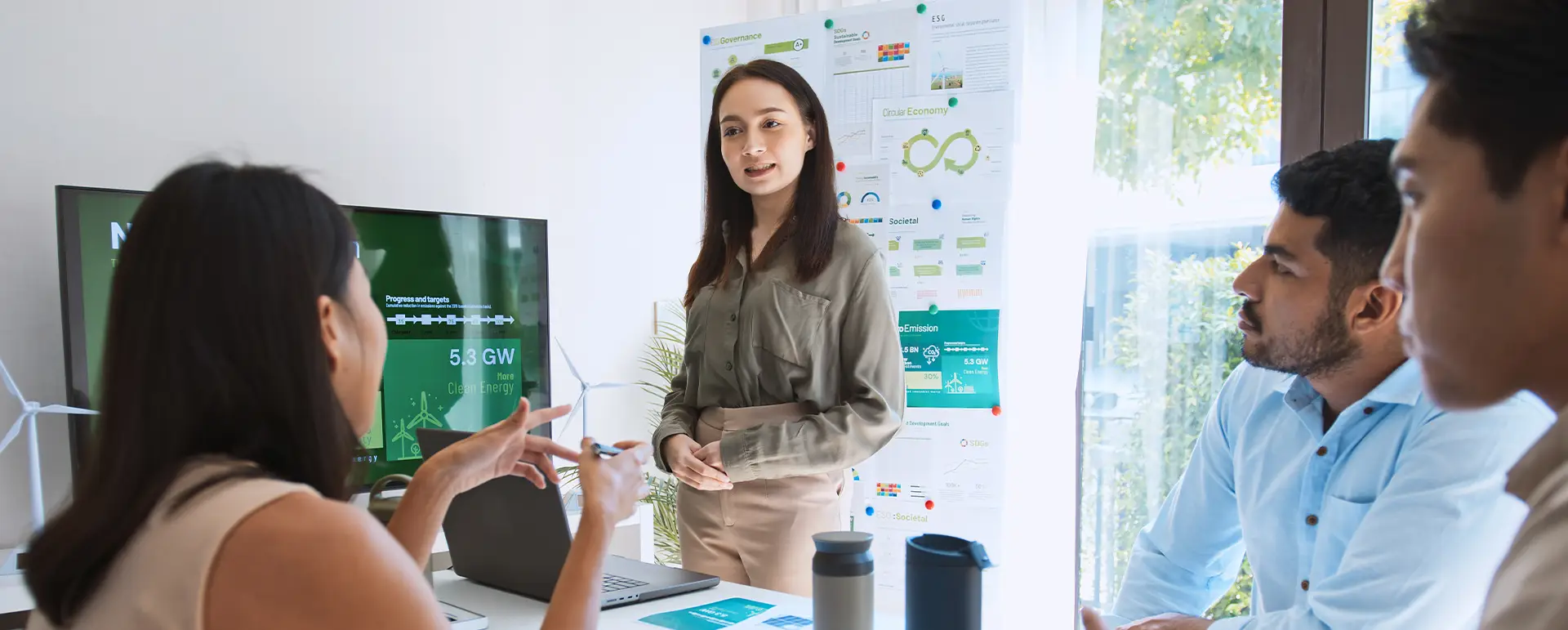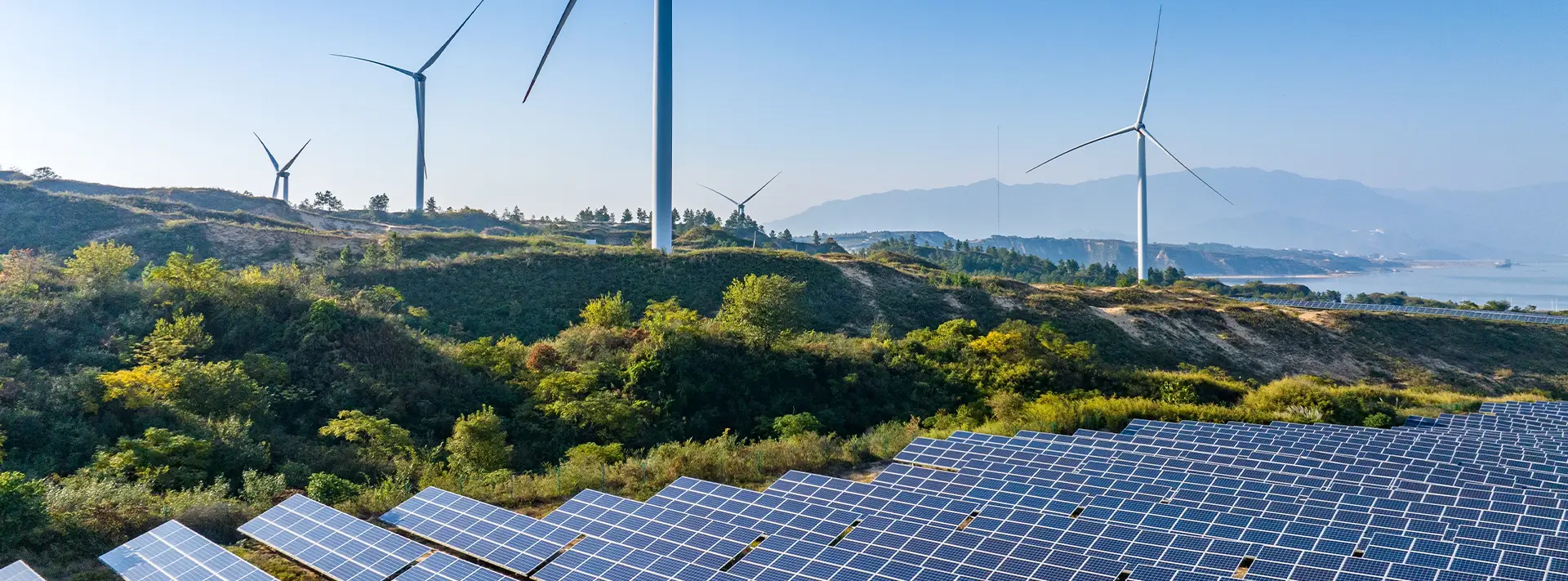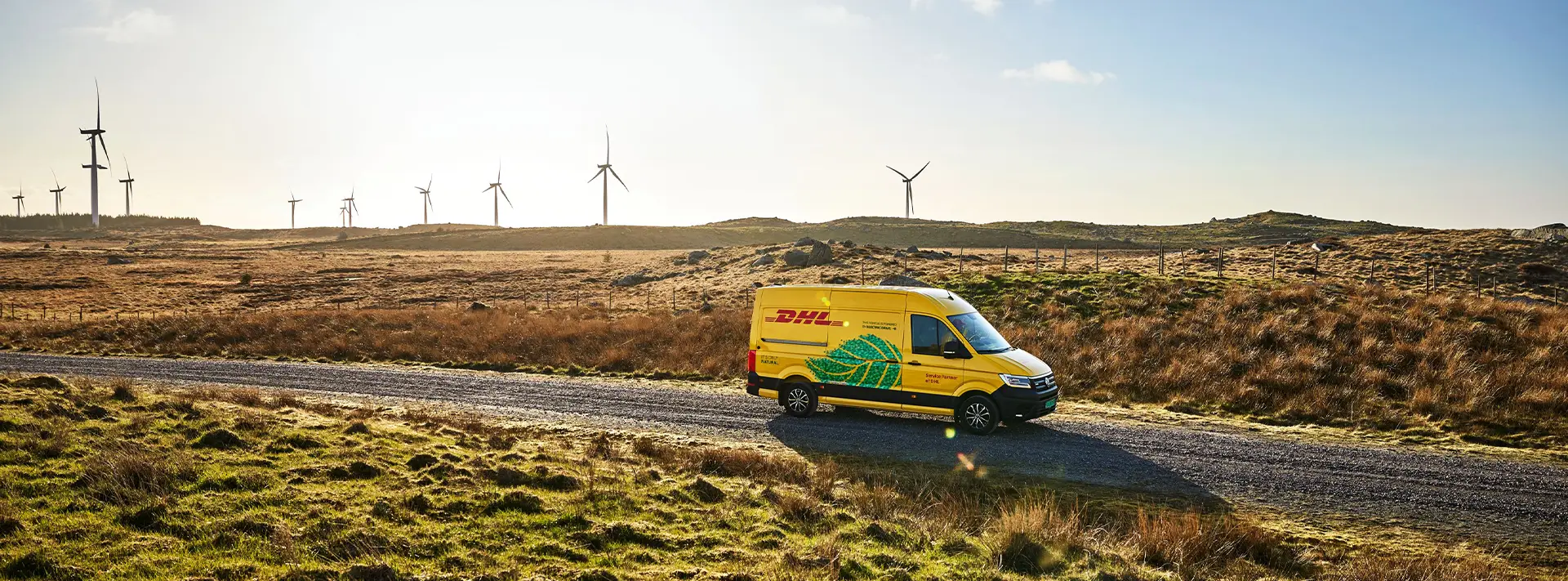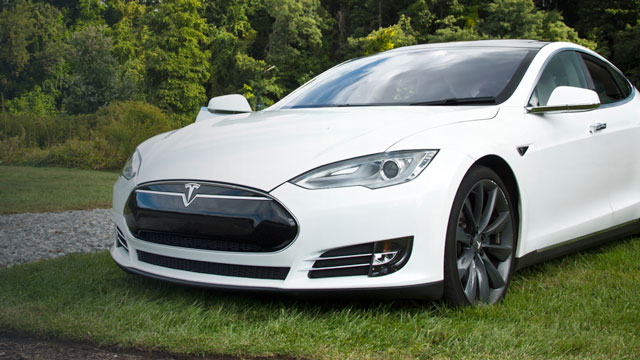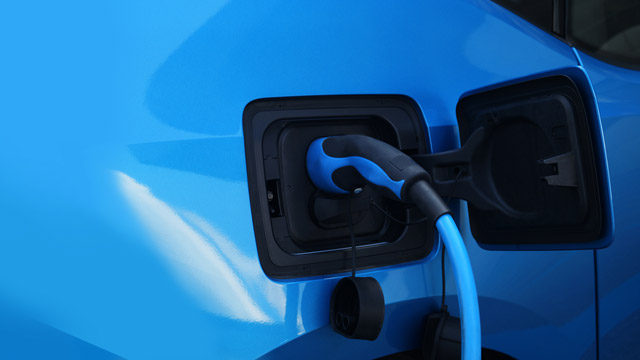Whether you’re discussing food, fuel, or fashion, the word “sustainability” is likely to make its way into the conversation. We see it, we hear it, and, as confirmed by the 2023 DHL Sustainability Survey results, most of us feel that it’s a key consideration for businesses. However, even the most enthusiastic talk about “going green” doesn’t always transition to the quantifiable actions needed to reduce the impact on the planet, and we want to help change that.
According to a study conducted by the SME Climate Hub1, small business owners cite lack of resources, skills, and funding as the most significant barriers to climate-related action. It's no surprise that this aligns with the results of our own recent survey.
While there are many ways to reduce your impact, the reduction and mitigation of carbon emissions should be a common goal. However, there is no universal foolproof formula for achieving this. The most effective path to a greener future will always vary depending on factors such as industry, organization, location, operation, and resources. That’s why we are relying on our dedicated team of sustainability consultants to help explain and navigate these complexities.
As part of the DHL GoGreen Giveaway, one business will win a grand prize package that includes $20K worth of sustainability consulting tailored to your company’s priorities. If your business doesn’t win you are still in luck! DHL Sustainability Consultant David Herrera recommends this four-step process as a starting point for anyone who’s ready to make decarbonization (the reduction or elimination of greenhouse gas emissions) part of their business strategy.
Step 1: Measure Your Carbon Footprint and Set Targets
To lay the foundation for your decarbonization journey, you’ll need to determine the scale of your organization’s carbon footprint, then set reduction targets based on the primary problem areas.
Greenhouse gas (GHG) emissions are classified into three scopes2.
Scope 1 covers all direct emissions. This includes emissions from all sources that your business owns or controls, such as onsite energy consumption, company-owned vehicles, manufacturing and processing, etc.
Scope 2 emissions are indirect and include all emissions caused by the generation of energy purchased by your organization.
Scope 3 covers all other indirect emissions that result from the beginning of the corporate value chain to the end. This includes upstream sources such as business travel and the processing of sold products as well as downstream sources such as the transportation, distribution, and use of sold products. Scope 3 emissions can account for up to 90% of a consumer company’s total carbon footprint3, so for most SMEs, this will be the primary area of focus during the development of a sustainability strategy.
There are numerous tools available to measure your company’s emissions in each category. We recommend starting with the Normative Business Carbon Calculator, and the EPA GHG Emissions Calculator.
Step 2: Secure Resources
Too many sustainability plans falter at this step because small business owners aren’t confident they can afford execution. In the SME Climate Hub survey referenced above, 68% of participants said that lack of resources prevented them from activating a sustainability plan, and 48% specifically cited lack of funding as the obstacle. We encourage thinking outside your own budget, however. Because the benefits of sustainable practices reach far beyond the organization seeking to implement them, there are many funding sources available to support businesses that want to go green.
The Office of Energy Efficiency & Renewable Energy4 maintains a list of current funding opportunities here. You can also find a breakdown of options ranging from grants to crowdfunding to business loans at the Green Business Bureau5.
Some businesses look to the private sector for financial sustainability support, either through dedicated organizations like the Green Climate Fund6 or through long-term strategic partnerships in which small businesses act as sustainable suppliers for larger businesses7.
Additionally, tax incentives are available for sustainability initiatives ranging from energy efficient upgrades for commercial buildings8 to the purchase of clean-energy commercial vehicles9.
If investing in sustainability still feels daunting, remember that it’s ok to do it gradually. A series of small improvements ramp up to a big difference over time, so find an approach that makes sense for your specific business and know that financial support is out there if you look for it.
Step 3: Reduce Emissions
Once you have a plan in place and funding secured, it’s time to start making an impact! Using the targets and goals you identified in step one, begin optimizing sustainability both internally and throughout the value chain of your organization. Our DHL Decarbonization Compass is a great tool you can use to help provide an overview of the technologies available to help reduce Scope 3 emissions in particular.
Upstream Emissions Reduction Examples
- Switch to sustainable energy and fuels
- Purchase goods and services from sustainable suppliers
- Choose raw materials that are more sustainable
- Source locally when possible
- Minimize business travel and employee commute
Internal Operations Emissions Reduction Examples
- Optimize processes to reduce resources consumed
- Upgrade company vehicles to models that run on electricity or sustainable fuels
- Improve building efficiency
Downstream Emissions Reduction Examples
- Choose shipping partners that use sustainable means of transport (like DHL!)
- Design products for sustainable use
- Use sustainable packaging
- Invest in offsetting and insetting initiatives
As mentioned earlier, many businesses will find that the bulk of their emissions fall into the scope 3 category. Transportation in particular is a huge area of opportunity. According to the International Transport Forum, 30% of all transport-related CO2 emissions are the result of fuel combustion10.
As the leading international express service provider, we understand that we’re in an impactful position, and we take that responsibility very seriously. For this reason, we’ve set the ambitious target of net-zero emissions by 2050. We’re also proud to offer our customers the option to control and monitor their carbon impact with GoGreen Plus, our newest and most robust sustainable shipping service.
Step 4: Leverage Sustainability as a Competitive Advantage
Establishing a sustainable brand requires an initial investment, but it can start paying off pretty quickly. With 85% of global consumers indicating that their purchases have become increasingly guided by sustainability over the past five years11, it’s clear that the demand is there, and data also shows that customers are willing to pay a premium for green products and services12. The sooner you begin your sustainability journey, the sooner you can start reaping the benefits!
In addition to attracting conscious consumers and reinforcing brand loyalty, making the switch to sustainability can help you stay ahead of regulations, which are becoming increasingly stringent as climate urgency grows13. If your brand is already committed to transparency and environmental best practices, it won’t be as disruptive to operations if reporting sustainability information becomes a requirement.
Going Green Together
From a global corporation like ours to a small local brand (like yours), taking steps toward a more sustainable way of doing business is so important. When more businesses in more industries make the investment in a greener future, it not only has a bigger impact, but also opens up the possibility of symbiotic partnerships in sustainability.
This article is for informational purposes.
4 Office of Energy Efficiency & Renewable Energy
7 Forbes
8. Office of Energy Efficiency & Renewable Energy
10 International Transport Forum
12 Forbes
13 S & P Global
Co-Author: Mariia Sokolova, Senior Consultant DHL Consulting





